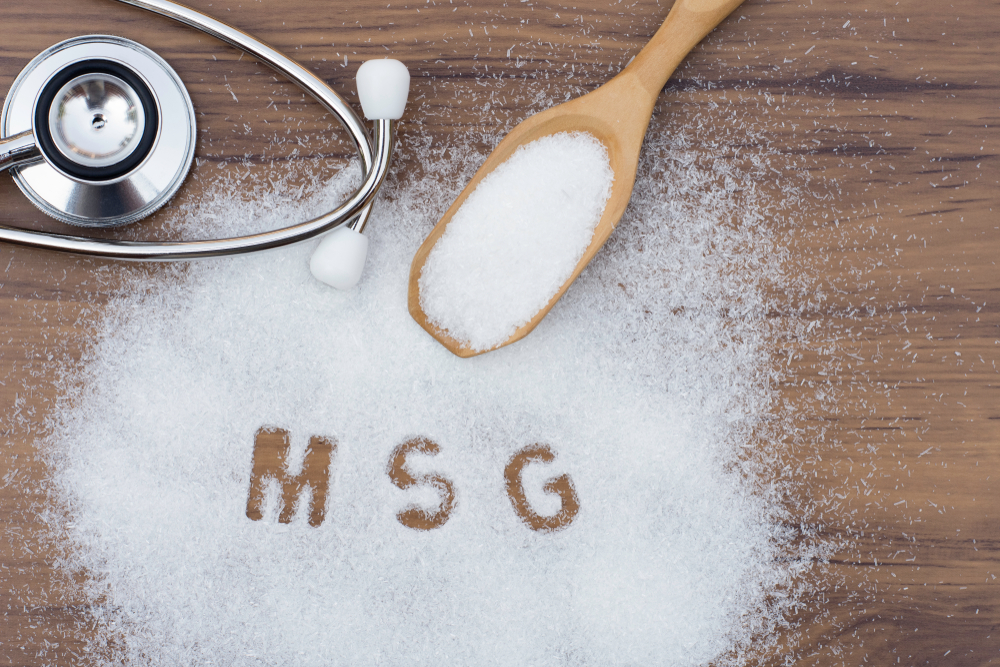Let’s be honest: Filipinos love salty food. Most Pinoy dishes use generous amounts of salt, soy sauce, fish sauce, or bagoong to achieve full flavor. In addition to this, Pinoys also love salty dipping sauces or sawsawan.
Outside of that, Filipinos also eat a lot of salty snacks and processed food, which increases our sodium intake. In fact, it was found that Filipinos’ average salt consumption per day is 11 grams. This is more than the recommended 5 grams of salt (or less than 2,000 milligrams of sodium) daily by the World Health Organization (WHO).
Unfortunately, excess sodium intake is one of many risk factors that commonly lead to various complications such as high blood pressure, kidney problems, and heart diseases. And so, limiting salt intake with a diet with less sodium is always a good idea.
That is why for your home-cooked meals, Ajinomoto came up with more than 100 less sodium recipes that Filipinos can choose from. We’ve categorized these recipes by the types of dish (baked, grilled, fried, etc.) and by the ingredients (beef, chicken, egg, seafood, etc.) for easier viewing. These recipes make use of AJI-NO-MOTO® Umami Seasoning as a way to reduce the sodium content.
AJI-NO-MOTO® Umami Seasoning is the leading brand for monosodium glutamate (MSG). It offers the signature umami taste without the excess sodium. Compared to table salt with 39% sodium, MSG only has 12% sodium, making it a healthier alternative.
For those who would like to reduce sodium intake, you can enjoy delicious meals with the right food items and AJI-NO-MOTO® Umami Seasoning to enhance the flavors of your dish.
Still not convinced? Although a diet with less sodium may sound like a bummer for those who want more flavor in their food, enjoying a diet like this is still possible. Here’s why:
You can eat healthier with less sodium
As mentioned earlier, excess sodium is one of the leading causes of several possibly life-threatening diseases. By reducing your sodium intake, you can avoid getting these conaditions, or at least alleviate the symptoms of the ones you already have.
And remember, it’s less sodium, not none. You still need sodium to balance the electrolyte and water levels in your body. A lack of it can cause fatigue, nausea, muscle weakness or spasms, headache, seizures, etc. With this diet, you still get the necessary intake without restricting yourself too much. It may not feel like it now, but when your health improves, you’ll definitely thank yourself that you cut back on sodium.
Food with less sodium can still be delicious
Who says that lessening your salt intake means sacrificing flavor? You can still eat and prepare delicious meals even while reducing your sodium consumption. Food such as fruits, vegetables, fresh meats, poultry, and fish, unsalted dairy products, and more – the sky’s the limit when it comes to getting food with less sodium. With the right products and cooking techniques, you can get that same or even better flavor of your favorite meals.
Spice up your cooking and improve the flavor of your dishes the healthy way! Use AJI-NO-MOTO® Umami Seasoning for your home-cooked meals!



